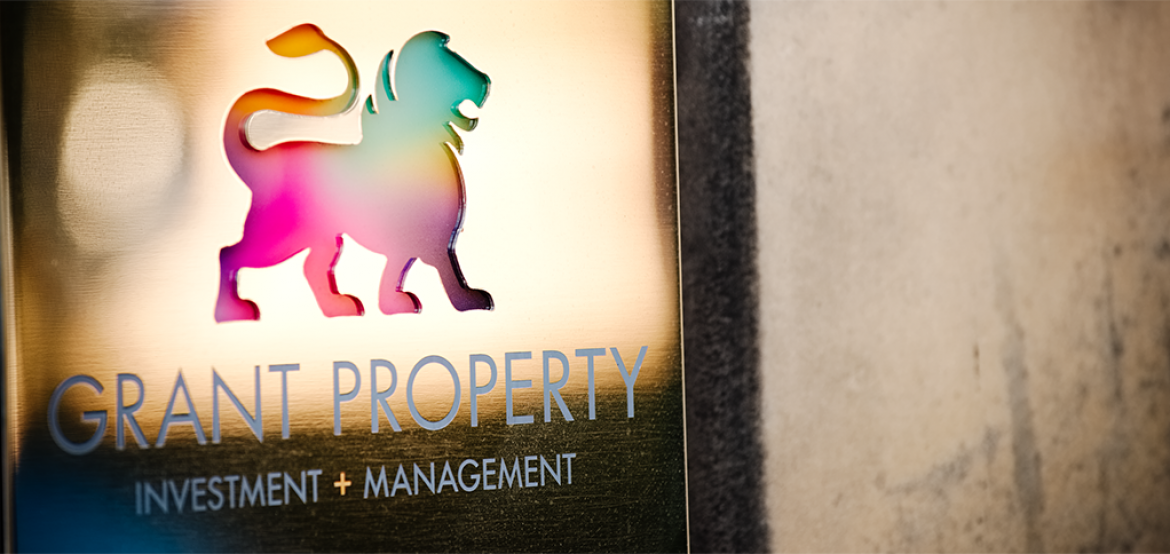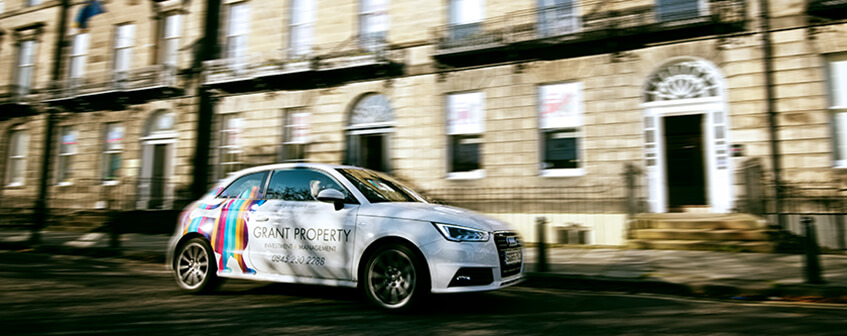And the winner is … Bristol
The southwestern city may be small, but it’s big on creativity, culture and community spirit. Add in easy access to glorious coast and countryside, and it’s a deserving champion
Congratulations, Bristol. It’s the obvious choice in so many ways: a small city that feels like a big city, handily placed for seaside and scenery, but hardly cut off from the rest of the country. There are jobs — lots of them glamorous, creative, hi-tech and professional — the food and drink are great, and it crams in all the culture you could wish for. No wonder it’s first choice for restless folk looking to take half a step off the treadmill and swap a dismal commute for a brightly coloured period house within walking distance of work, and weekends on a surfboard or mountain bike.
Yet Bristol is so much more than a cushy lifestyle option for wealthy blow-ins. True, it’s not the most attractive city in the land. From certain angles, the centre presents a face even a mother would find it hard to love, scarred by dual carriageways and pockmarked by concrete carbuncles from the 1960s and 1970s. But this real slice of real life is all part of its appeal: though there is still plenty of fine architecture, Bath it is not.
What makes the city so special is its extraordinary culture. It’s not just the plays at the Bristol Old Vic or the Hippodrome, the exhibitions at the Arnolfini or the gigs at Colston Hall that make it stand out. This is a place where creative individuals seem able to thrive, collaborate and prosper.
It’s the city that gave us Banksy, and Wallace and Gromit, and game-changing bands such as Massive Attack, who last year persuaded nearly 30,000 people to stand in the pouring rain on Durdham Down for a rare live show. But it’s also the place where 64-year-old Keith Walker and his wife, Carol, can create a crazy golf course, using bits of old bikes, in the front garden of their terraced house — out of a sense of mischief as much as to raise funds for a local children’s hospice — and attract 500 people.
The other thing that sets the city apart is just how fast it is evolving and improving. A lot of work has gone into its secondary schools, and 19 out of 20 are rated outstanding or good by Ofsted — well ahead of the national average of 78%, and six better than in 2013. There’s still huge educational inequality between the richer and poorer parts of the city, but it’s a big step up from the days when prestigious private schools such as Clifton College and Redland High dominated.
The redevelopment of the Floating Harbour has transformed what used to be a neglected urban wasteland. It’s now a buzzing waterfront neighbourhood where you’ll find smart apartments as well as all kinds of shows, events and festivals, and some of the best places to eat, drink or grab a coffee. At one end of the scale, there’s Woky Ko, where noodles and bao buns (£3.95) are served out of a shipping container by a MasterChef finalist. At the other is Casamia, the Michelin-starred jewel in Bristol’s culinary crown (£98 for 13 courses). It relocated last year to the ground floor of the General, the painstakingly converted hospital that’s now one of the harbour’s best and grandest addresses, bringing with it classy tapas and pizza restaurants — there’s not a chain in sight. Casamia’s head chef, Peter Sanchez Iglesias, says the food scene in Bristol has exploded in the past few years. He loves places such as Pasta Loco and Hart’s, a cavernous bakery under Temple Meads station.
This being Bristol, many of the best restaurants have something quirky about them. At the Cauldron, everything is cooked on a real fire (steak and chips £14.50), while at the Lido, in Clifton, you can have a swim and a two-course Mediterranean dinner for £45. “Five or 10 years ago, places like this just didn’t exist,” Sanchez Iglesias says. “I love the restaurant scene here — it’s very different from the rest of the UK. Whatever type of food we’re cooking, all the chefs communicate. We don’t see each other as competing for customers, we all inspire each other and help each other out.”
The new-look harbour has triggered a resurgence in an unloved city centre once blighted by oversized drinking dens. Wetherspoon, Walkabout et al are still there, but it’s now also a destination for people seeking more sophisticated pleasures at the Ox (high-class steaks from £16) or the Jetty, the glam seafood restaurant at the new Harbour Hotel (where you’ll also find a supremely swanky cocktail bar). There are defiantly local outlets, too, including Small Street Espresso, which does a delicious short black — they’ll probably have it poured before you’re through the door.
Yet most people live, shop, eat and play in Bristol’s many villages — and who can blame them? Clifton, the Georgian enclave next to Brunel’s magnificent suspension bridge, is still the most aspirational spot to put down roots. If you wanted a bit more space and were rich enough, you might prefer a grand Victorian house in Stoke Bishop or Sneyd (it’s pronounced Sneed, just so you know) Park. Families with a decent budget would probably look to the smart suburbs of Cotham, Redland or Henleaze, while Montpelier is the place for anyone keen to buy into the city’s boho spirit.
To get a sense of Bristol’s real character and how the city is changing, check out the less obviously prime quarters. There’s nothing flash about Gloucester Road, but this almost two-mile stretch of independent shops — you can get everything from hardware to a haircut, sustaining yourself along the way with a barbecued burger fresh from T&PA Murray butchers — is in some ways the heart of a fiercely independent city that keeps most of its big-name stores safely out of harm’s way in the Cabot Circus shopping centre.
At the bottom of Gloucester Road, you’ll find “the people’s republic” of Stokes Croft, epicentre of a different community-led regeneration. It’s anti-establishment even by Bristol standards, with an emphasis on graffiti art and community action. Parts of St Paul’s, meanwhile, have already made the leap from down-at-heel to desirable, with two-bedroom flats on Portland Square for sale at £375,000.
Prices are rising across the city — in some areas by as much as 20% over the past five years — and Savills estate agency has predicted that rental incomes will grow by 27.5% in the next five, faster than anywhere else in the country. While the residents are immensely proud of their city’s improvement, they’re concerned that rising prices will stop young locals getting a foothold in the city and disrupt the diversity: 140 nationalities, 90 languages.
It’s an issue that’s high on the agenda of Marvin Rees, the city’s new mayor, who says there’s an urgent need to build genuinely affordable homes. “One of the things that makes Bristol interesting is that we don’t mind talking about the challenges, and the problems of gentrification and equality. What I want to avoid is areas being washed out and sterilised, even for people on good salaries. We need balanced, resilient communities where, instead of going to the GP for antidepressants, you might knock on your neighbour’s door and have a chat.”
Nice words, and in most cities, that’s as far as it would go. But this is Bristol, where helping each other is part of the DNA. Add the creativity and energy that are the other big parts of the package and we shouldn’t be surprised if that knock on the door and chat with a neighbour leads to some uplifting cultural event or community project that adds to the city’s embarrassment of riches.
- The Times


